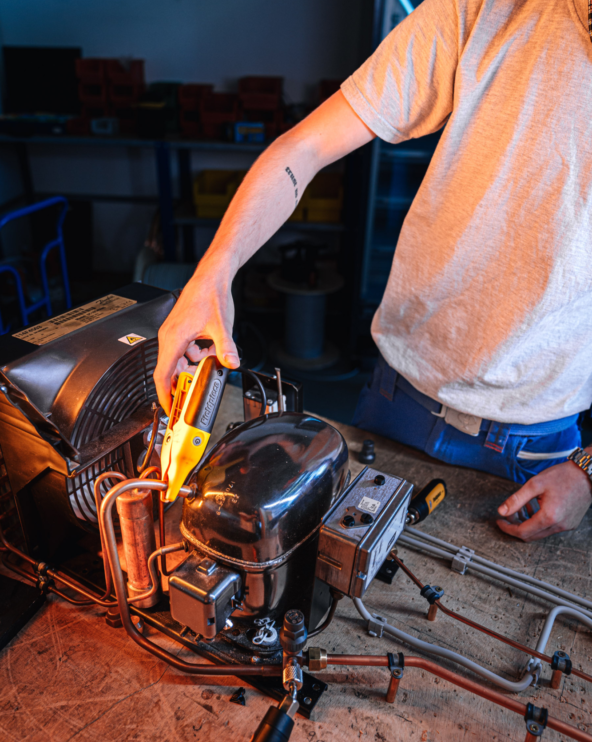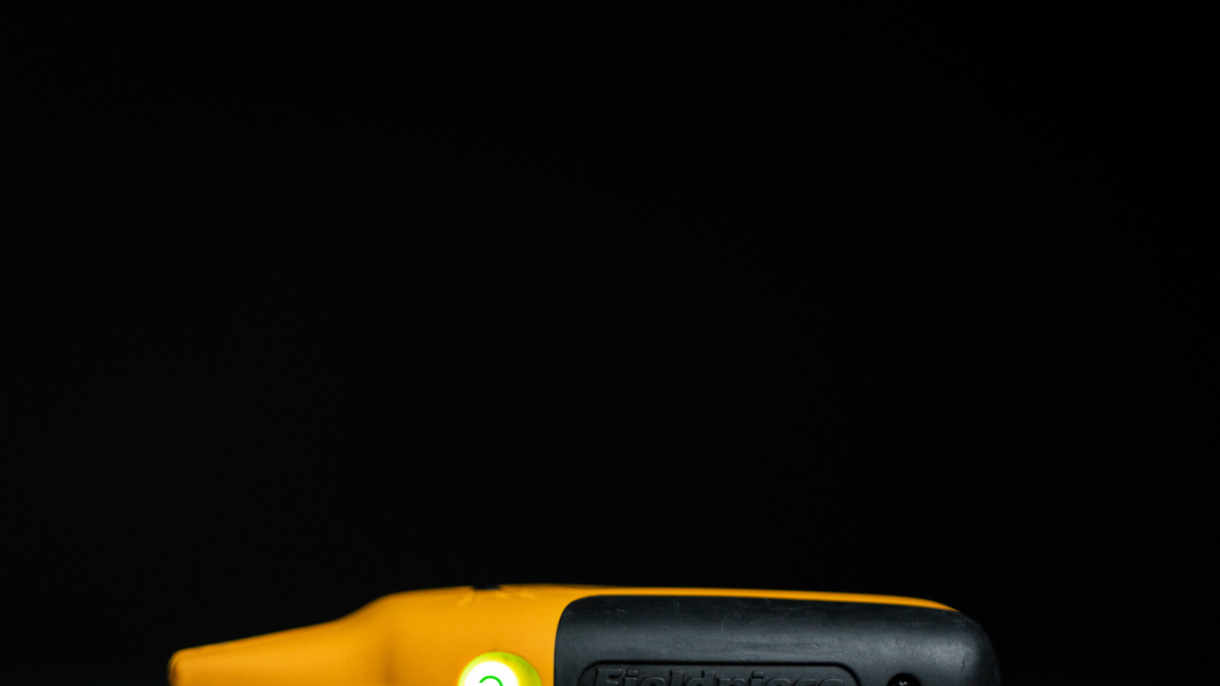
Tips for Technicians: Superheat and Subcooling
Ever been stuck on a tough repair or spent way too long figuring out a system issue? We’ve all been there. This new blog series is packed with practical advice, smart solutions, and hands-on tips you can immediately use to solve problems faster and work smarter. No fluff—just the information that makes a difference when you're out in the field.




What is Superheat?
HVACR technicians often encounter the term superheat and it is important to know what it stands for and how you can use this measurement in your day-to-day work. Superheat is the temperature of the refrigerant vapor above its boiling point, which ensures that the refrigerant remains in its vaporous form as it enters the compressor within the HVACR system.
Superheat can be manually calculated as follows:
Real-time Suction Line Temperature – Boiling Point of Refrigerant = Superheat
This measurement is taken on the suction line, near the compressor.
What is Subcooling?
Subcooling is the temperature of the refrigerant below its saturation temperature (boiling point). While superheat takes place in the evaporator, the process of subcooling is in the condenser. Subcooling ensures that refrigerant is fully liquid before entering the expansion valve for efficient cooling.
Subcooling can be manually calculated as follows:
Boiling Point of Refrigerant – Liquid Line Temperature = Subcooling
This measurement is taken on the liquid line near the condenser or the outdoor unit.
What happens without proper superheat?
When the superheat values in an HVACR system fall outside their normal operating range, several issues can arise:




What happens without proper subcooling?
When the subcooling values in an HVACR system are outside of their normal operating range, this issue could arise:
Inefficient Cooling: Insufficient subcooling reduces the amount of liquid refrigerant available to the metering device (such as an Electronic Expansion Valve, read more about this component here). This can affect the system’s cooling performance for the worse.
In summary
In summary, understanding and accurately measuring superheat and subcooling are essential skills for every HVACR technician. These readings provide valuable insights into system performance, helping diagnose issues quickly, prevent equipment damage, and maintain peak efficiency.
Need reliable tools to help you measure the superheat and subcooling on a system?

